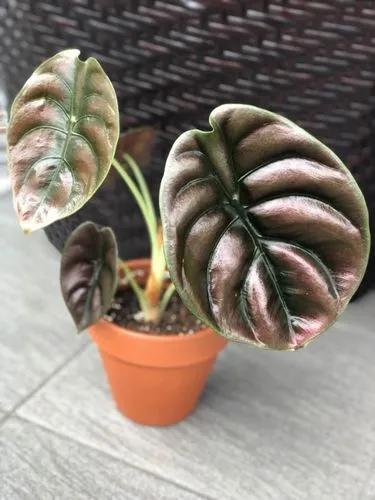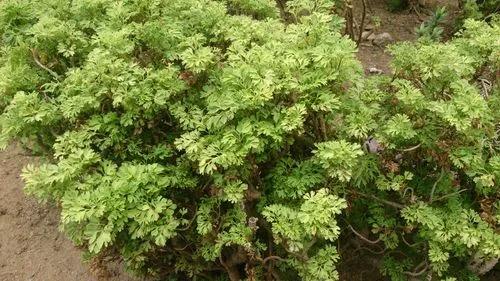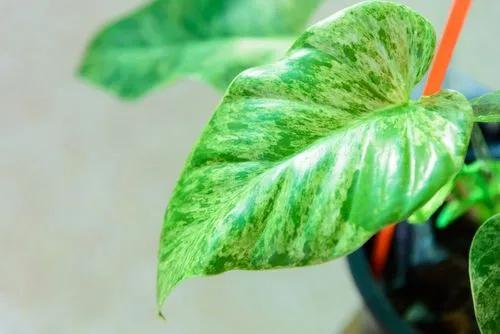Pilea glauca ‘Aquamarine’ is a low-growing tropical perennial that is native to the rainforests of central and South America. Where it is endemic it grows as creeping a groundcover. At home, it is ideal for terrariums and hanging baskets.
Aquamarine Pilea Care
Pilea Glauca 'aquamarine'



How to Care for the Plant

Water

Pilea needs to be watered differently during different times of the year. During spring and summer, the top quarter inch of the soil should be kept moist.

Pruning

Grooming consists of cutting back dead or damaged leaves.

Fertilizer

Baby tears plants do not require much in terms of fertilization.

Sunlight

Pilea glauca 'Aquamarine' prefers medium to bright indirect light. Avoid direct sun. Light from an east or north-facing window is ideal.

Soil

These plants prefer airy, well-drained soil that retains moisture well. A high quality, all-purpose potting mix would work great.

Temperature

55-80°F (12-26°C)

Additional

Non-Toxic to Dogs, Non-Toxic to Cats, Non-Toxic to Horses

Popularity

243 people already have this plant 53 people have added this plant to their wishlists
Discover more plants with the list below
Popular articles






